REVIEWING revolutionary PHOTOGRAPHS
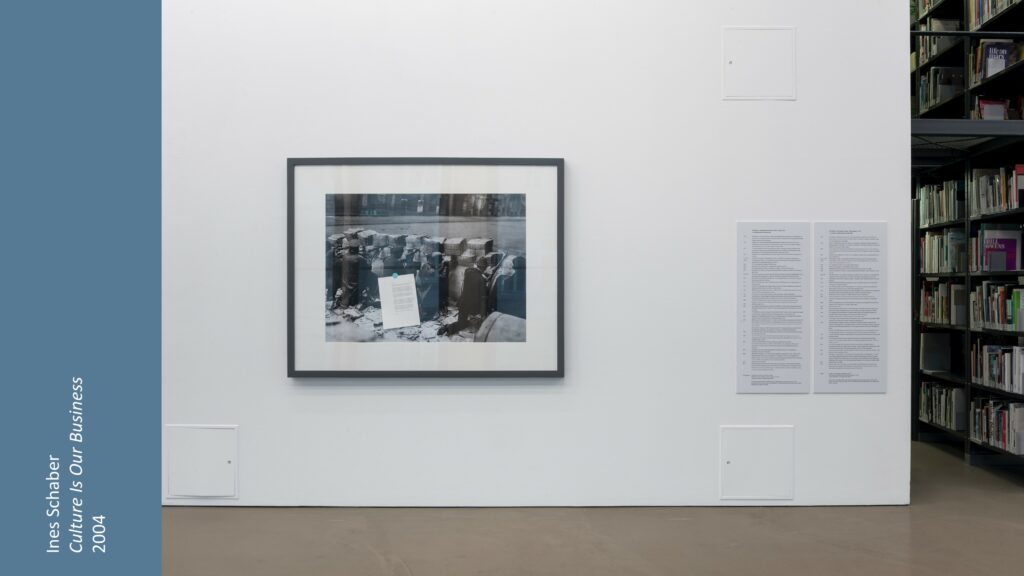
In recent decades, many archives underwent far-reaching material changes. In the process of transferring analog material to digital data banks, small independent archives were often not able to keep up with bigger, economically driven archives, such as stock-image companies. In 2004, Ines Schaber observed that process in her work culture is our business through looking at the case of Willy Römer, who in 1919 took a photograph of the street battles in the media district of Berlin during the German Revolution. Circulating widely throughout the twentieth century, Römer’s photograph came to be owned simultaneously and successively by many archives, among them the Agentur für Bilder zur Zeitgeschichte (Agency for images on contemporary history), an independent organization established by photo historian Diethart Kerbs, the commercial stock-image agency Corbis, founded by Bill Gates, and the Stiftung Preussischer Kulturbesitz, who took over the Agentur für Bilder zur Zeitgeschichte in 2013. All three agencies handle and make available the same image based on extremely different concepts and working processes.
Schaber’s contribution revisits her 2004 work culture is our business and considers the complex issues around these three agencies. At stake in these differences are how the image’s story should be told, and how this telling is embedded in the viewing and understanding of history.
The reviewing takes place in conversation with Stefanie Ketzscher who worked for the Agentur für Bilder für Zeitgeschichte and conceptualized the digitalization of the archive for the Stiftung Preussischer Kulturbesitz and with the art historian, curator, critic and occasional visual practitioner Tom Holert.
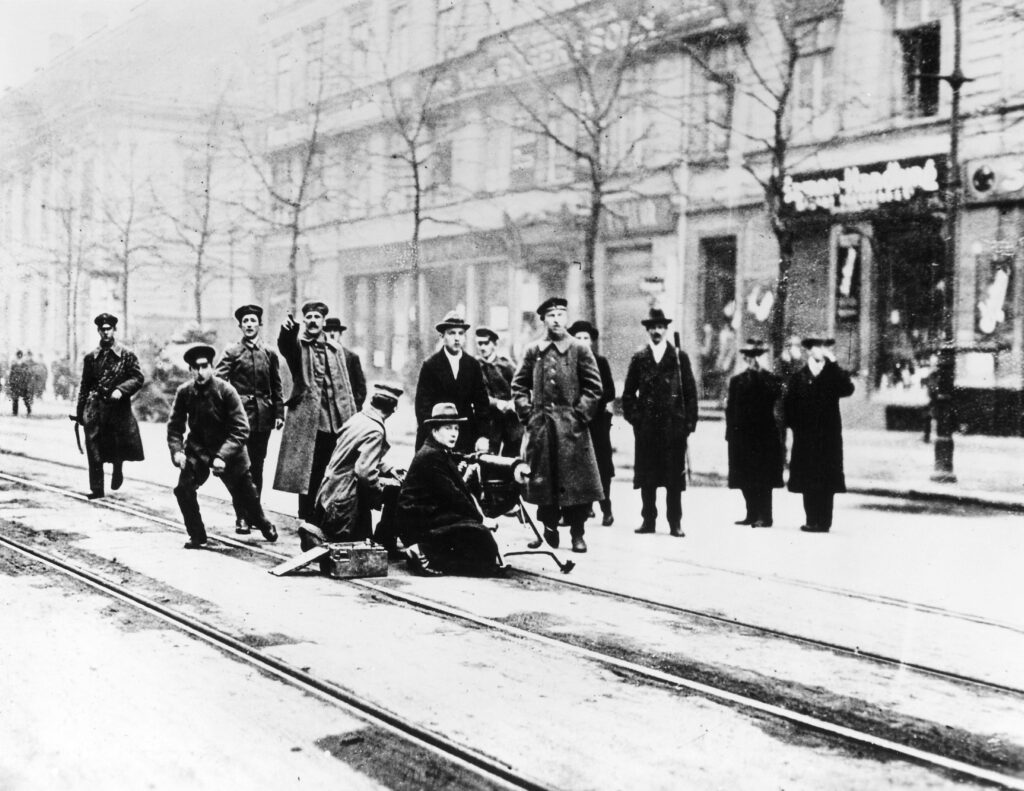
Copyright: bpk / Art Library, SMB, Photothek Willy Römer / Willy Römer
Working with Images
A conversation between the artist Ines Schaber and the photographer and artist Stefanie Ketzscher about Willy Römer’s archive and the Agentur für Bilder zur Zeitgeschichte
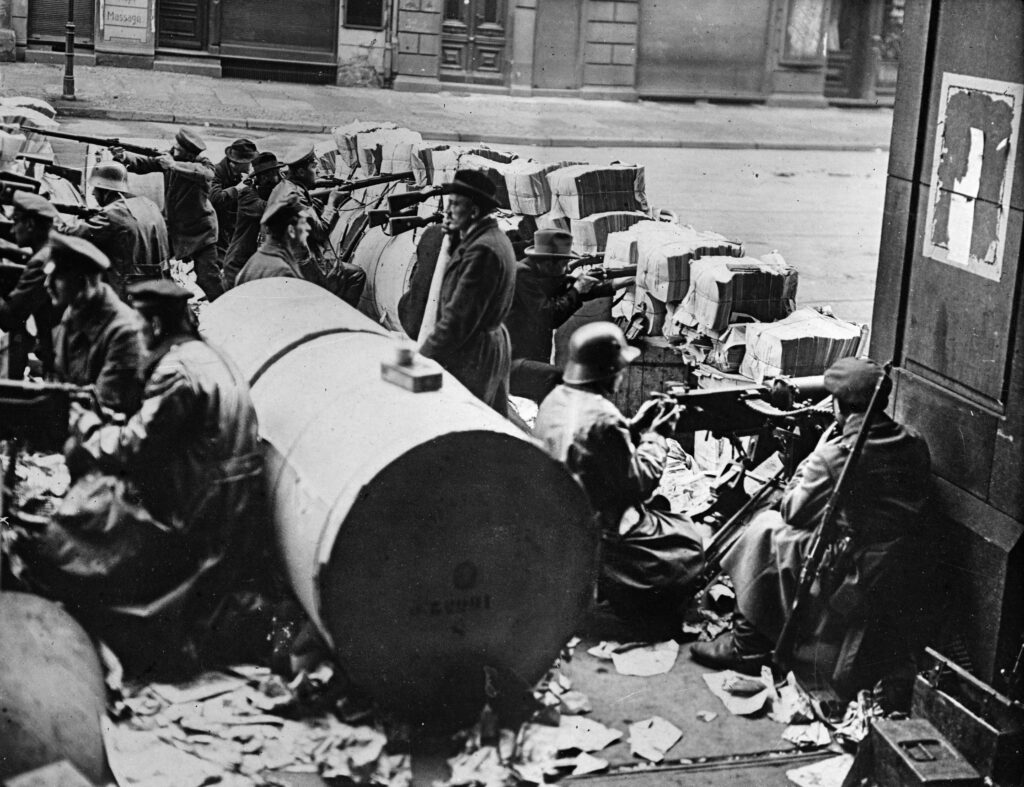
Copyright: bpk / Art Library, SMB, Photothek Willy Römer / Willy Römer
A conversation between the artist Ines Schaber and the art historian, curator, critic and occasional visual practitioner Tom Holert about archives, the ownership of images, and the interpretation of and accessibility to images
Photographer Willy Römer was a chronicler of political and everyday life in Berlin in the early decades of the twentieth century. After Römer’s death, art historian Diethart Kerbs acquired his archive and founded the Agentur für Bilder zur Zeitgeschichte in 1981, which was taken over by the Stiftung Preussischer Kulturbesitz’s picture agency in 2009. At the center of Ines Schaber’s artistic work culture is our business, 2004, is one of Roemer’s photographs taken during the street fighting in the days of the 1919 revolution. The reconstruction of the custody, distribution, and publication of this image makes it possible to understand how archives influence access to and the reading of images. Tom Holert and Ines Schaber talk about the functioning and politics of image archives and what can be concluded from their critique – with regard to the understanding of images, the possibility of counter-archives and the power of commercial image archives.
What, for example, does it mean for our understanding of images, to find them in different contexts? What does it mean for counter archives, peripheral, and leftist archives to find their images as well in international commercial image stock companies? How do we politicize the demand for accessibility, understand the different modes of writing histories?
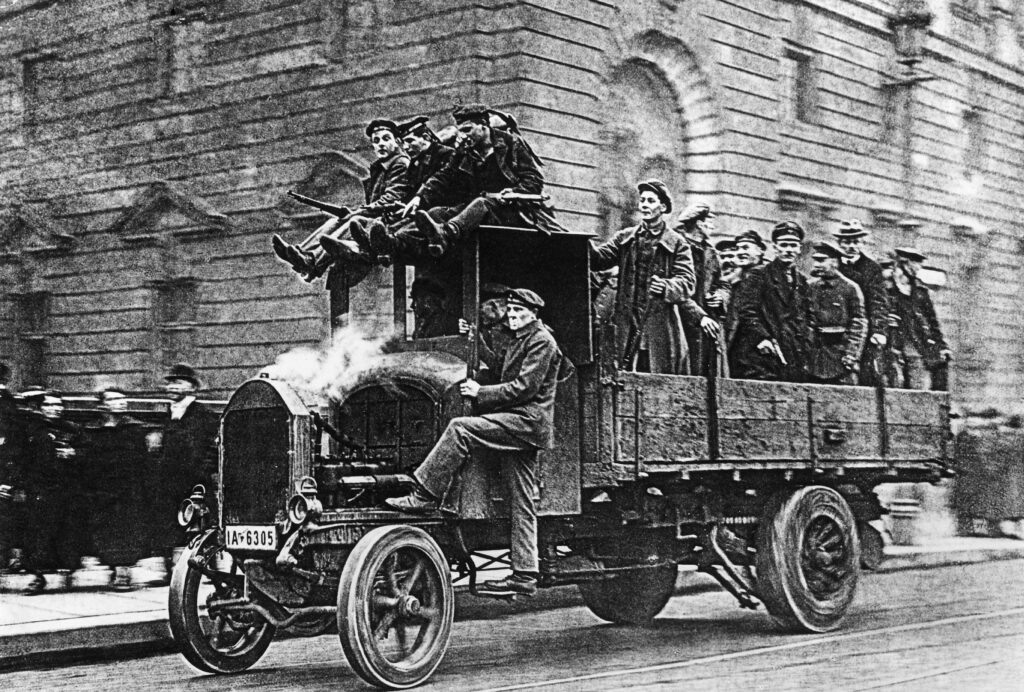
Copyright: bpk / Art Library, SMB, Photothek Willy Römer / Willy Römer
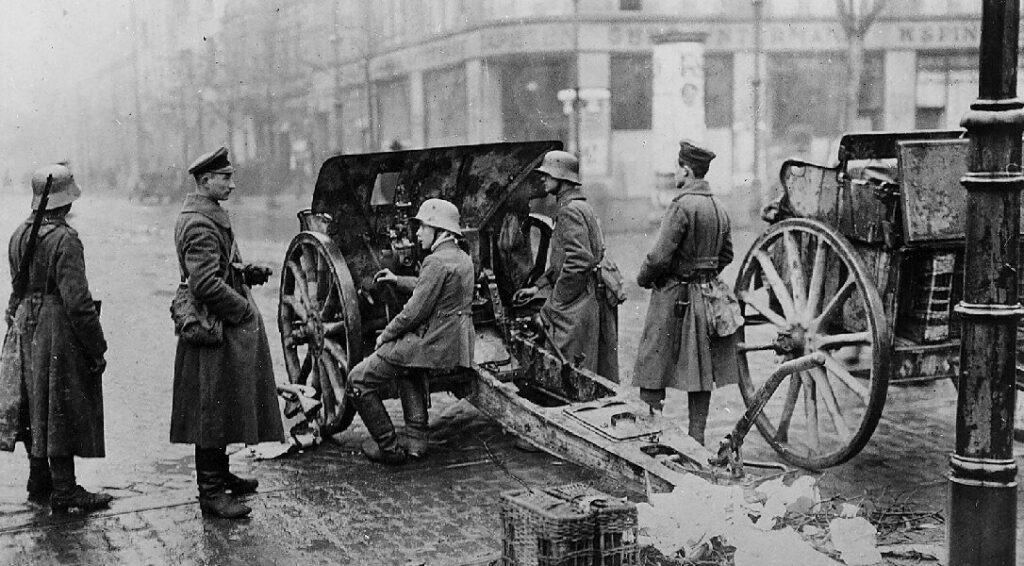
Copyright: bpk / Art Library, SMB, Photothek Willy Römer / Willy Römer
Connected Material
A conversation on compulsive archiving in relation to a private archive of press photography on Liberia.
An aural and visual essay that overlays several journeys, a sensory one that attempts to evoke a perceived time, place or geography through the mapping of territories, and a narrative one materialized as a speculative epistolary correspondence between the present and the future that continuously summons the past.
Archives are often perceived as somewhat static. They look back, they conserve, they remember. But the thinking that was present in the pieces of the Pinkus Archive all addressed ecology, extinction, and political agency in ways that not only extend into our present, but into our future.
This essay explores the plural notion of “ethnofuturisms” by employing a comparative approach. The cultural and political vicissitudes of “futurist” tropes are traced in literary and audiovisual creations that engage with the national, ethnic, and/or racial contexts of the Middle East, African diaspora, East Asia, and former Eastern Bloc.
Chto Delat’s installation Canary Archives employs the imagery of the canary in the coal mine, once used to alarm miners when carbon monoxide levels rose. Where is the canary today, that tells us wether the danger is real? It seems to have gone silent, the sharpest signal it can send. In an emergency newspaper issue under the impression of the Russian war on Ukraine, Chto Delat assembles anti-war views of artists and critics and expresses their solidarity with the Ukrainian people.
A conversation about KANG Sang-woo’s film KIM-GUN and how it treats historical evidence and testimonies as a ‘horizon of contingent truths’ with the potential to be pieced together in alternating ways, touching upon the complex dynamics of archives and life stories, collective memory and amnesia, the mechanisms of image-making and history-writing.
The legacy of anti-colonial leader and Pan-Africanist revolutionary Amílcar Cabral (1924-1973) still calls for cultural readings, and not strictly political ones. Contemporary art, so-called “artistic research” and critical theory will benefit from a cross-disciplinary approach which puts Cabral as relevant to art or which turns Cabral’s many contributions into tools.
Three videos are used in real time composition to explore the combination of the moving images – the edited sequence creates a non-existing-place.
The audio map “biography of kecak” is an attempt to decrease this discrepancy between the singularity of archival knowledge and the multiplicity of individual realiities – using the sonic as its material.
These images were taken in the frame of The Whole Life Academy. Laura Fiorio accompanied the project as a photographer from the beginning in 2019 and developed her own approach of documenting archival sites and methods.